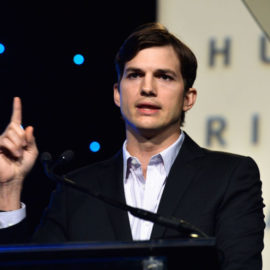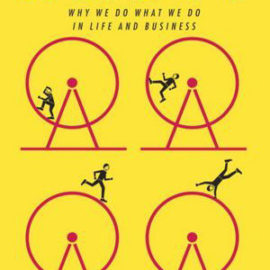Want to learn the ideas in Midnight In Chernobyl better than ever? Read the world’s #1 book summary of Midnight In Chernobyl by Adam Higginbotham here.
Read a brief 1-Page Summary or watch video summaries curated by our expert team. Note: this book guide is not affiliated with or endorsed by the publisher or author, and we always encourage you to purchase and read the full book.
Video Summaries of Midnight In Chernobyl
We’ve scoured the Internet for the very best videos on Midnight In Chernobyl, from high-quality videos summaries to interviews or commentary by Adam Higginbotham.
1-Page Summary of Midnight In Chernobyl
Overall Summary
Midnight in Chernobyl (2019) is a non-fiction book by the author Adam Higginbotham. The book explores the causes and consequences of the 1986 explosion at the Soviet Union’s Chernobyl Atomic Energy Station in Ukraine, which killed 31 plant workers and firefighters and resulted in over 100,000 people being evacuated from their homes. The radioactive fallout from this disaster supposedly caused an unknown number of cancers and other serious health problems across Western Russia and Eastern Europe. In researching Midnight in Chernobyl, Higginbotham interviewed a number of individuals closely associated with the accident as well as cleanup efforts.
In 1970, construction begins on the Chernobyl Atomic Energy Station. Unlike in the United States and Western Europe where nuclear engineers build safer but less efficient pressurized water reactors, Soviet designers use RBMK reactors. Designers become aware of potentially grievous design flaws as early as 1983, including one in which an emergency shutdown mechanism can result in a surge of reactivity that could lead to a core meltdown or even an explosion. Senior plant managers sometimes hear about these flaws, but operators don’t usually receive updates.
The Soviet Union, during the Cold War, was reckless when it came to nuclear power. They never put safety first. In 1986, a reactor in Chernobyl (Russia) was about to be tested for its backup generators. During the test, there were some errors that caused the core reactivity to increase rapidly and eventually cause a meltdown or explosion. The reactor operators tried to fix this by withdrawing control rods from the core so they could stop the reactions but instead of stopping them they made things worse and caused an even bigger problem with more reactors overheating and exploding after that one did.
A few days after the test is complete, Akimov tells Toptunov to initiate a shutdown sequence. The reactor suddenly explodes and emits concrete and metal like it’s nothing at all. This produces seven tons of radioactive dust particles. These materials are incredibly poisonous to the human body.
Soviet Prime Minister Nikolai Ryzhkov handpicks Valery Legasov to go to Chernobyl. There, he estimates that if the nuclear core doesn’t get cooled down, it will burn for at least two months and release a column of radioactive material into the air that would spread across the Soviet Union and circle the world for years.
When the temperature drops, it suddenly spikes to 1,700 degrees centigrade. This causes a sudden increase in radiation output and leads to two new threats. The first is that the molten fuel leaks into the water suppression tanks, which results in an explosion caused by steam and throwing enough fallout into the atmosphere to make a large part of Europe uninhabitable for 100 years.
Meanwhile, the explosion claimed its first victims of radiation poisoning. After a period of latency, some plant workers and firefighters began to rot on the inside and out. Their skin fell off, and they began to excrete their own intestines in the form of bloody diarrhea. By May 1986, 31 people were dead as a result from this incident including Akimov and Toptunov.
The core temperature of Unit 4 decreases, and no meltdown occurs. The scientists are relieved that the worst-case scenario has not come to pass. Legasov leads a committee to investigate why this happened and what caused it. He finds out that there were design flaws in the reactor as well as operator errors. However, he is unable to convince Gorbachev and his colleagues about this because they want to blame the operators for everything instead of finding out what really went wrong with their nuclear plant at Chernobyl. Thus, Legasov must go before the IAEA (International Atomic Energy Agency) and convince them that it was operator error rather than design flaws or bureaucratic decisions which led to the explosion at Chernobyl Nuclear Power Plant






